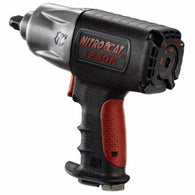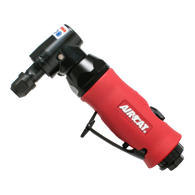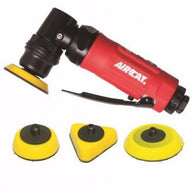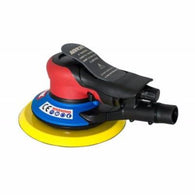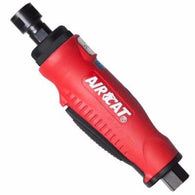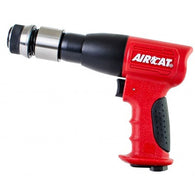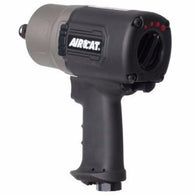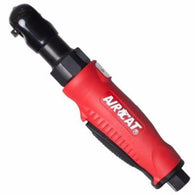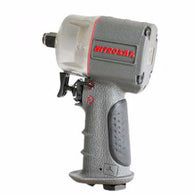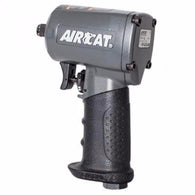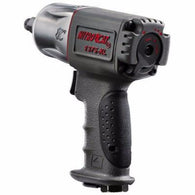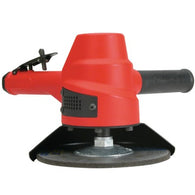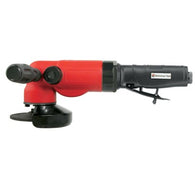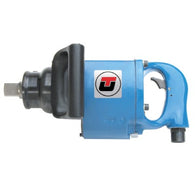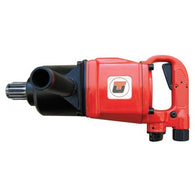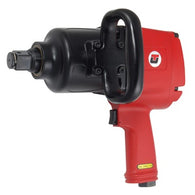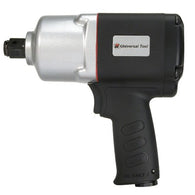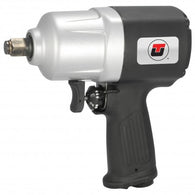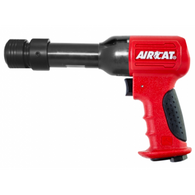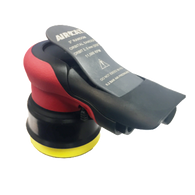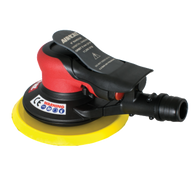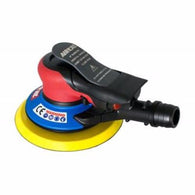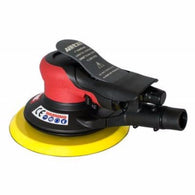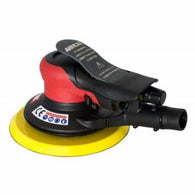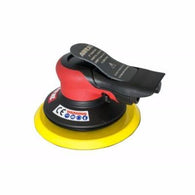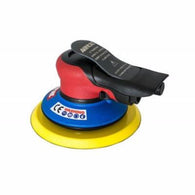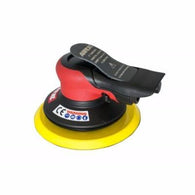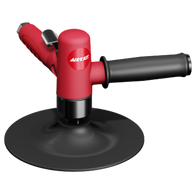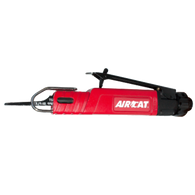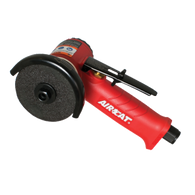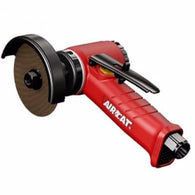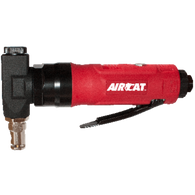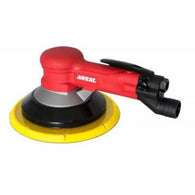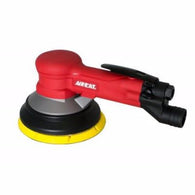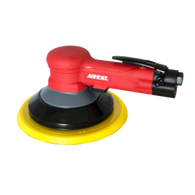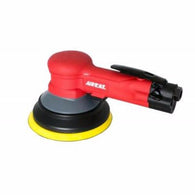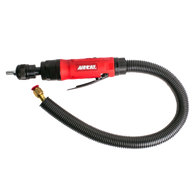Pneumatic Tools
Pneumatic Air Tools:
Pneumatic tools, or air tools, are any type of industrial tool powered by compressed air and may include impact wrenches, grinders, drills, buffers, riveting hammers and more. Pneumatic air tools offer many advantages over electric and battery operated tools for a variety of reasons. The biggest reason is that pneumatic tools generate more power than their electrical counterparts and provide the benefit of full torque at just the push of a button. Air tools also have fewer moving parts, which adds to their durability and performance.
Pneumatic Tool Safety:
Since pneumatic tools are powered by compressed air, there are many dangers you need to be aware of before buying or using these tools. This tutorial will point out the hazards as well as some industry standard safety tips to keep you and your co-workers safe.
The biggest safety hazard is being hit by an attachment on the tool. Another hazard is an air hose failure or unfastening of the hose from the compressor. A short but secure wire or locking device attaching the air hose to the tool must also be used, which serves as an added safeguard.
When an air hose is more than ½” (12.7 millimeters) in diameter, a safety excess flow valve must be installed at the source of the air supply to reduce pressure in case of hose failure.
When using pneumatic tools, a safety clip or retainer must be installed to prevent attachments such as chisels on a chipping hammer from being ejected during tool operation. Pneumatic tools that shoot nails, rivets, staples, or similar fasteners and operate at pressures more than 100 pounds per square inch (6,890 kPa) must be equipped with a special device to keep fasteners from being ejected unless the muzzle is pressed against the work surface.
Industry Safety Tips:
- Eye, head, and face protection is recommended for users when working with pneumatic tools. Screens should also be set up to protect nearby workers from flying fragments.
- Never point a compressed air gun at anyone including yourself; this includes dead-ending them.
- Always use a chip guard when compressed air is used for cleaning.
- Finally, because pneumatic tools tend to be loud, always use proper ear protection.
How to Choose a Pneumatic Air Impact Wrench:
Impact wrenches are used to loosen and tighten fasteners. Impact wrenches deliver more torque and power at a faster rate than a hand tool, thus making them critical for professionals. The following items are things to consider when purchasing a pneumatic impact wrench.
- Know what type of work you will be doing! This will help determine what size and how much power you need and what you can afford without over-buying a new tool.
- Consider the noise level. If you have ear protection and work inside a factory, the noise level to you and others working around you may not be a problem. However, if you’re a contractor that works in a residential neighborhood, it might be best to look at models with lower decibel ratings like the Aircat line of impact wrenches.
- Consider the weight and portability of the impact wrench. Again, if you're on the go portability is a big factor in choosing a wrench, check the weight and see how easy the tool will pack up in your tool kit.
- This may seem like a no-brainer, but many people choose what looks good or what’s on sale. Take the time to read some reviews and reports, as you want to make this a long-term investment and not a waste of money.
- Air Compressors, unless you already have an air compressor, look at what models will provide the right amount of PSI for your new impact wrench.
Tips on Choosing a Pneumatic Air Ratchet:
Like anything, a good tool with the right features and power can make work or home projects easy. Here are a few tips to consider when buying an air ratchet.
- Look for a model that has an internal impact mechanism that eliminates torque reaction and the risk of finger trapping.
- Look for a model with a built-in torque regulator that will tighten and loosen bolts without the need for awkward arm movements.
- A composite grip handle increases operator comfort and improves your productivity.
- Look for an extra-large ratchet head that increases the reliability of the ratchet.
- Look for a model with a rotational exhaust that directs air away from the user and work area.
- Look for models that have a lower decibel rating.
Tips on Choosing a Pneumatic Grinder:
Pneumatic grinders usually come in two types: angle grinders and die grinders. Here are a few features to look for and consider.
- Superior steel grade internal bearings for longer life.
- Feather trigger for better speed control.
- Look for a unit that offers high-speed blending, smoothing, porting and deburring in confined areas.
- Look for models with low vibration and low noise output.
- Spindle lock for ease of wheel change.
- Multi positional rotational guard which improves access
Tips on Choosing a Pneumatic Drill:
Pneumatic drills usually feature a pistol grip design and some come with a secondary handle that allows for two-handed operation. Most drills are reversible, featuring a forward/backward switch. A benefit of a pneumatic drill is the ability to control the speed of the drill through the trigger and the fact that air drills deliver faster RPMs over electric and battery powered drills. Also, please consider the following when choosing a pneumatic drill.
- Look for models with a forward position handle that allows the operator to apply increased feed force and more control to start the hole, and maintain the drilled hole axis.
- Look for models with precision gears and bearings that help reduce vibration levels.
- Look for models with a trigger mounted reverse for instant change of direction.
- Look for models with a steel planetary gear for longer life.
Have a question on which pneumatic tool(s) to purchase? Contact us anytime, and we will be happy to assist you in selecting the right tool for the job.

